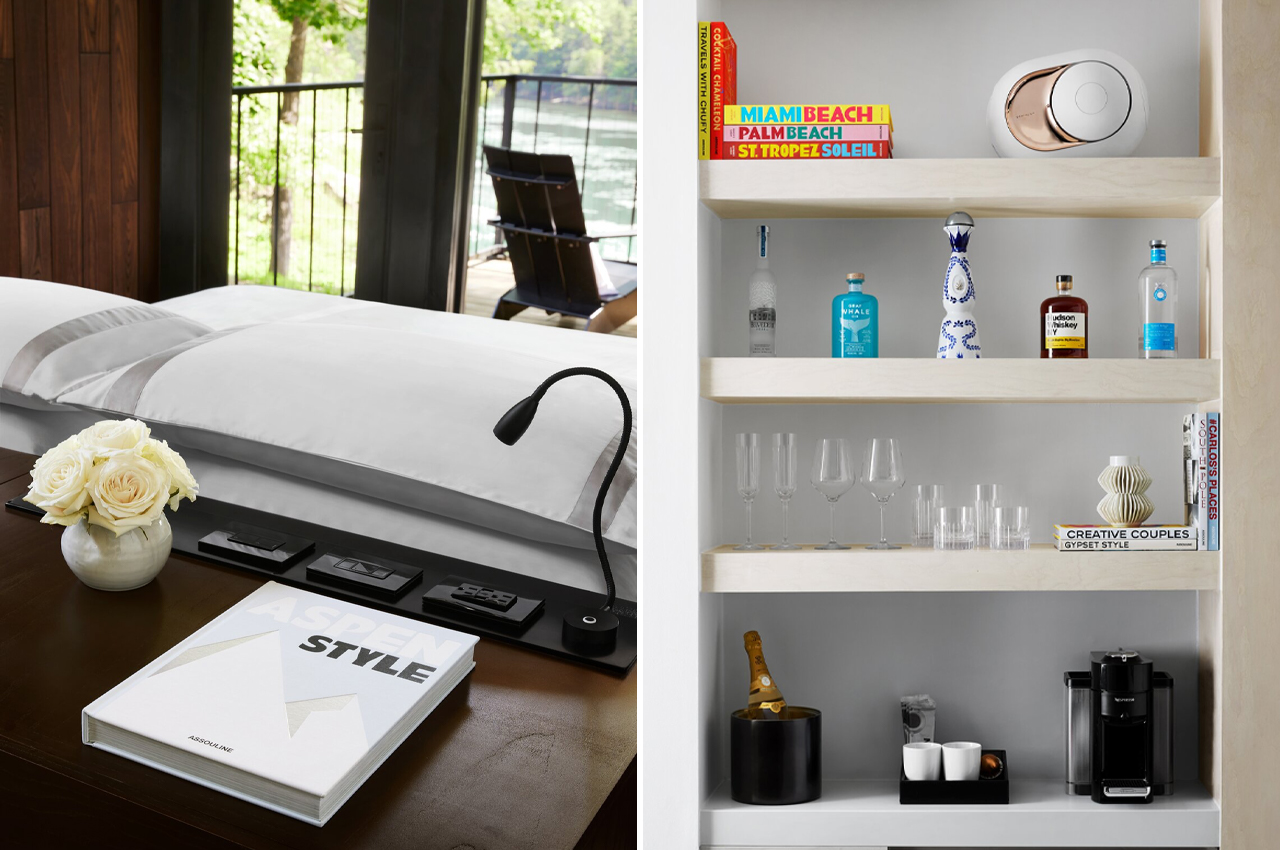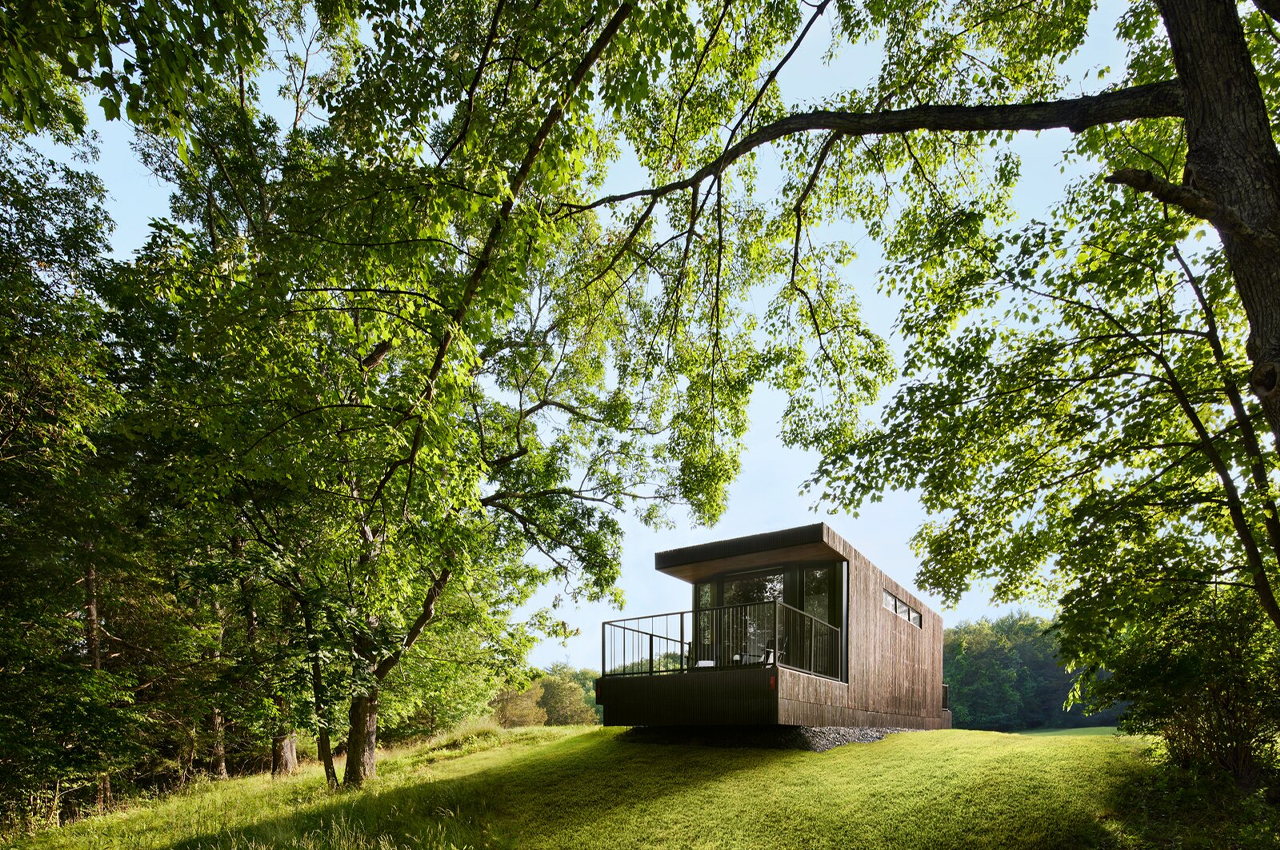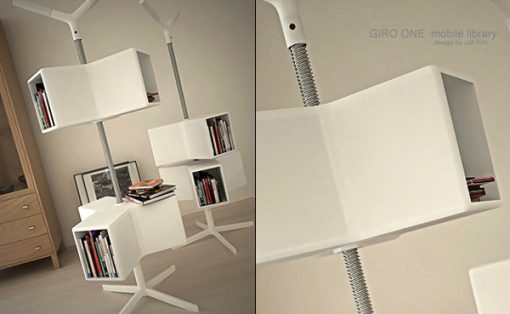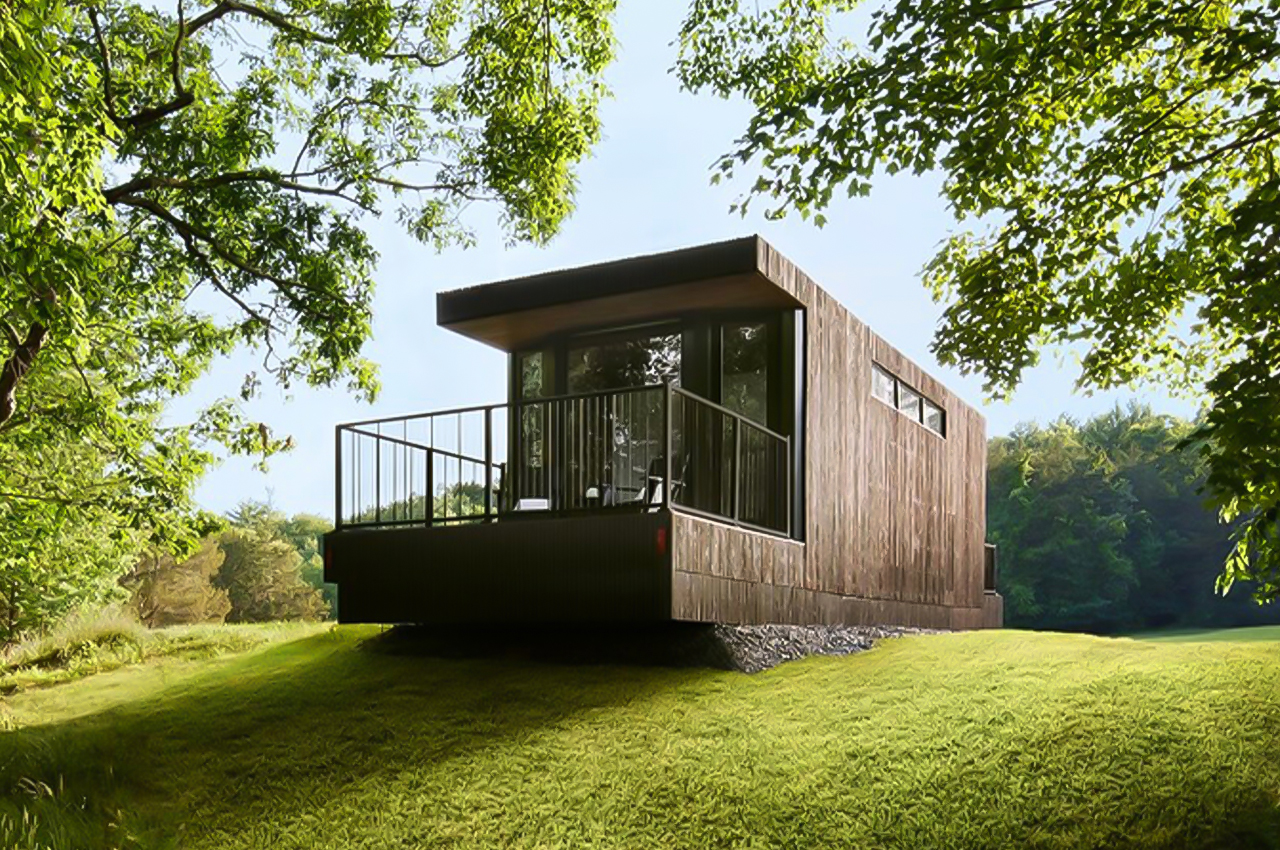
Moliving is a nomadic hospitality solution made up of Scandinavian-inspired prefab tiny homes.
Tiny homes are changing the hotel game. With the pandemic restricting air travel and hospitality services, designers within those industries had to get creative. To encourage responsible and sustainable travel, tiny homes offer a remote getaway where guests can still enjoy their bucket list destinations in a safe and eco-conscious way.
Designer: Moliving
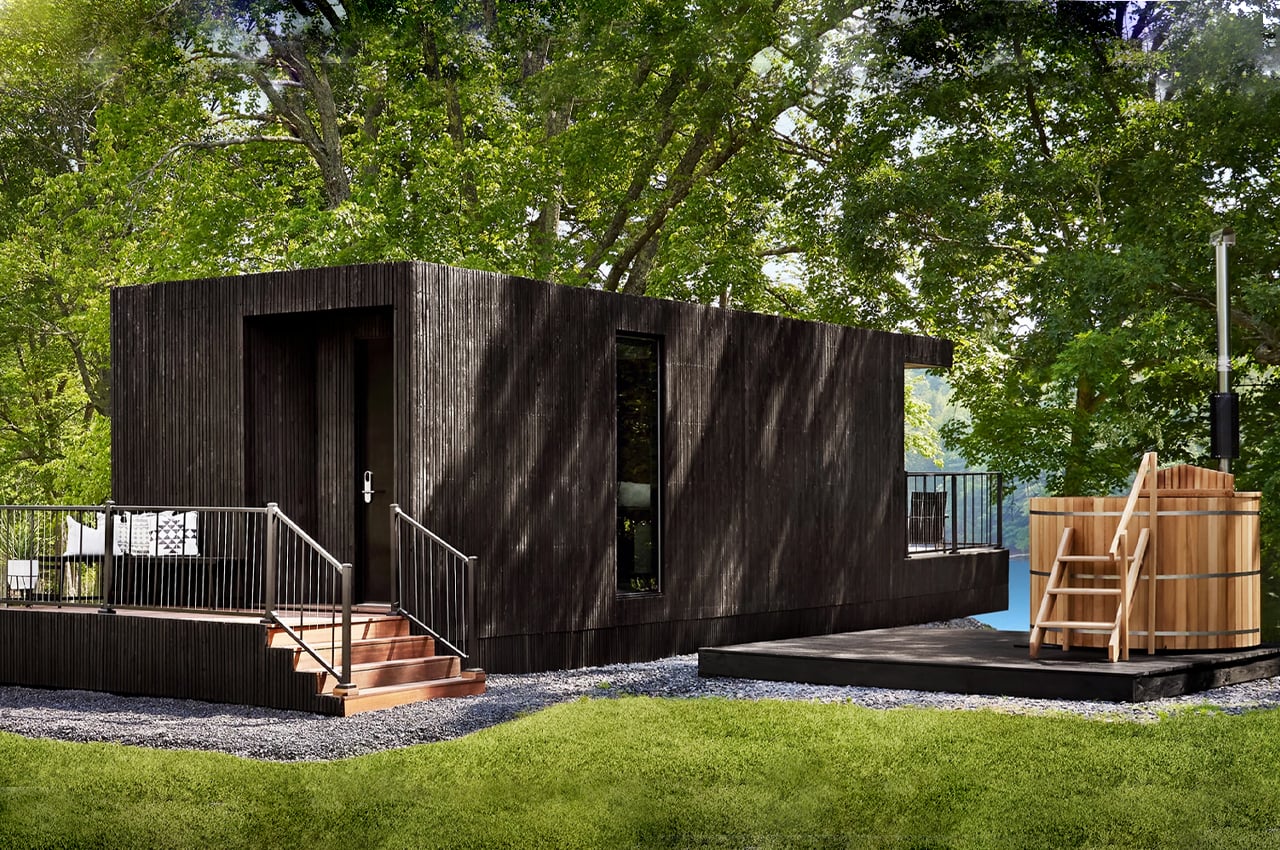
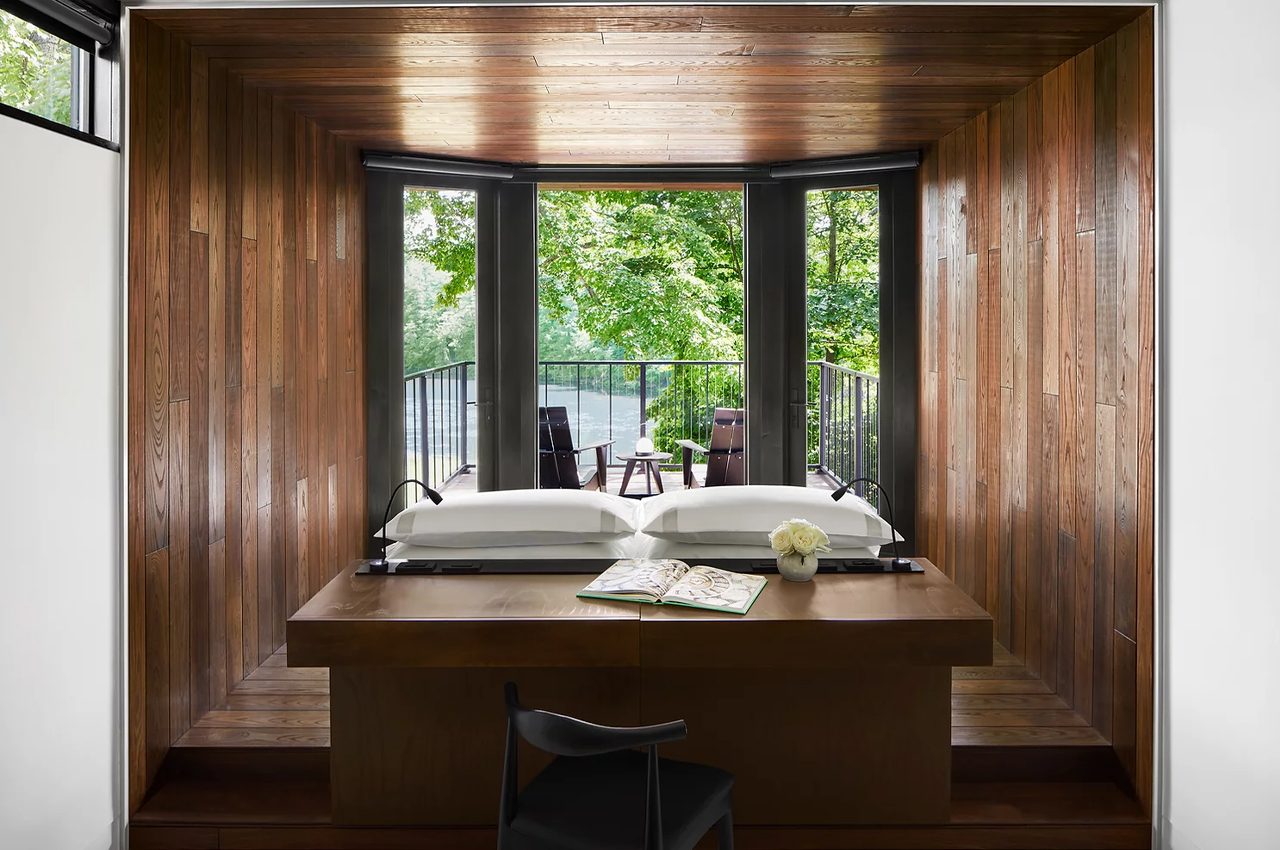
Moliving, a nomadic hospitality solution, has developed a line of Scandinavian-inspired, prefabricated tiny homes called Hurley House, which can be placed anywhere as tiny private retreats for guests to find relaxation. With hopes of providing city dwellers with a private, countryside oasis, Hurley House is set to replace Hudson Valley’s now-inoperative Twin Lakes Resort.
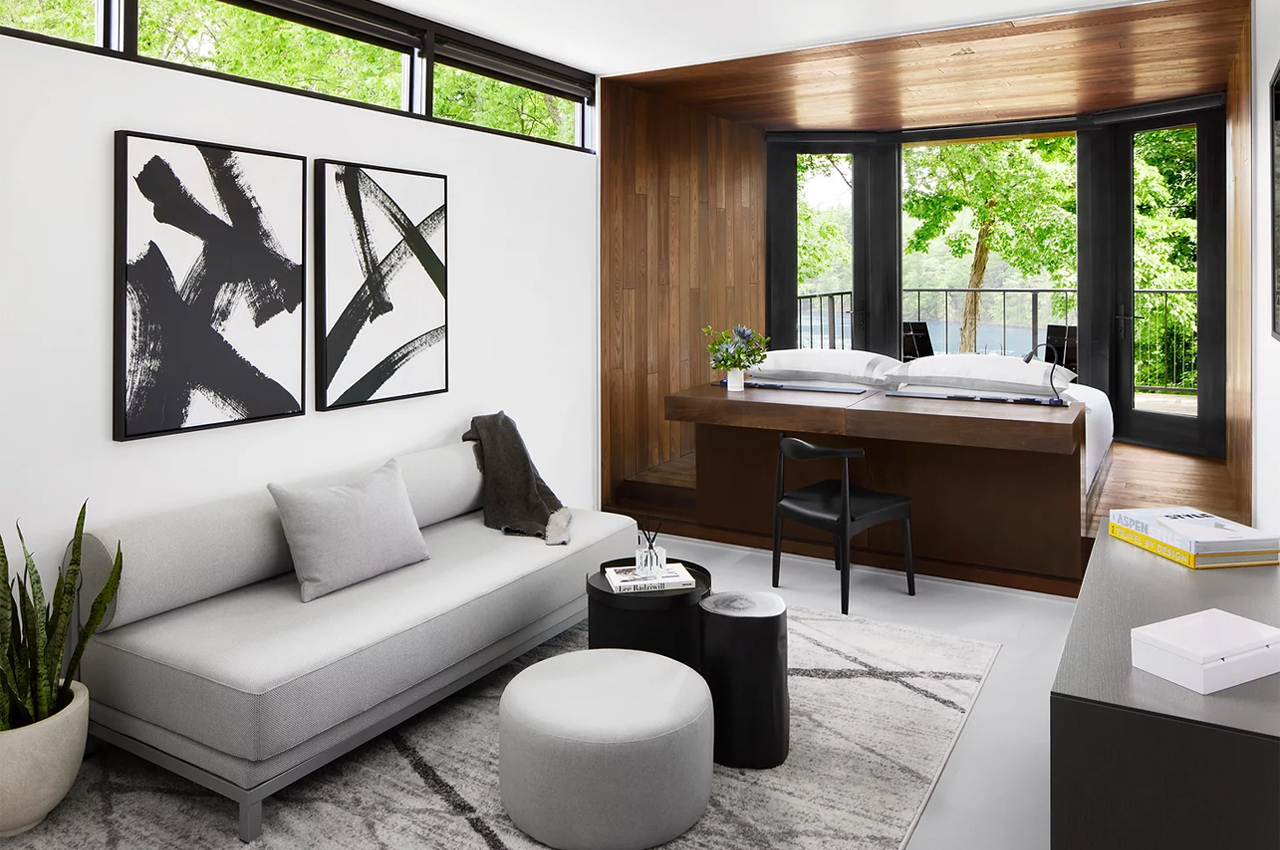
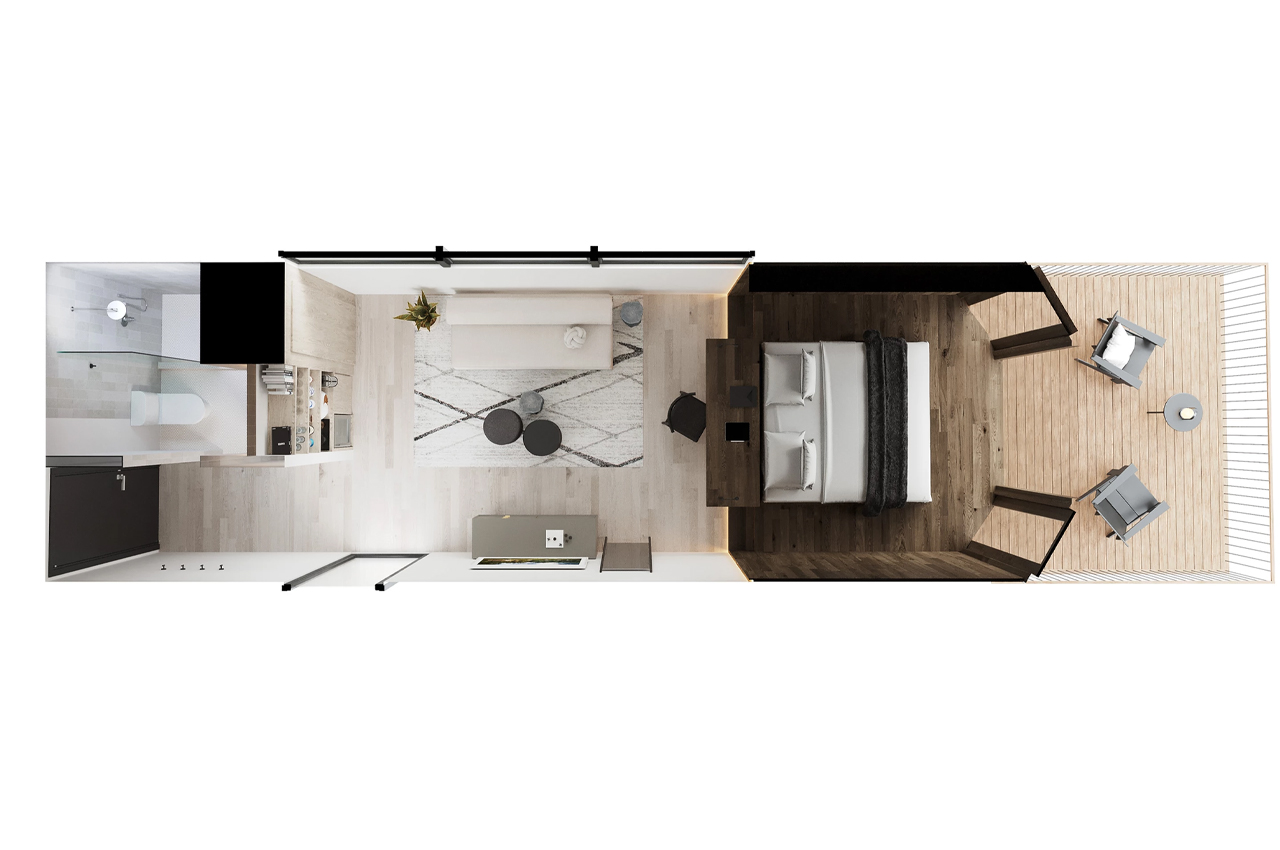
Compared to the years that it takes to give rise to traditional hotel accommodations, Moliving boasts a 3-5 month construction, assembly, and installation process. Built with Green- Steel, proximity woods, and other sustainable materials, Moliving’s Hurley House units have a sustainable construction process as well.
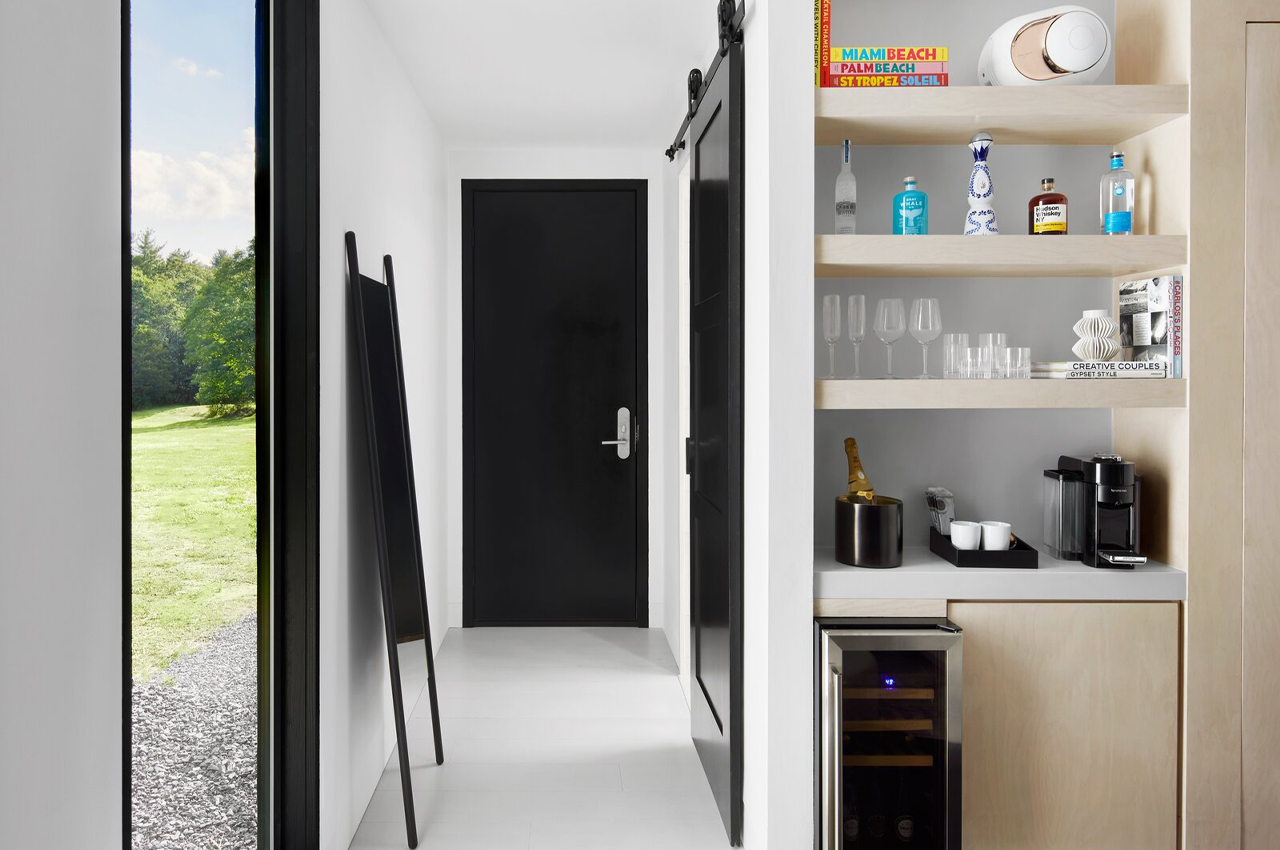
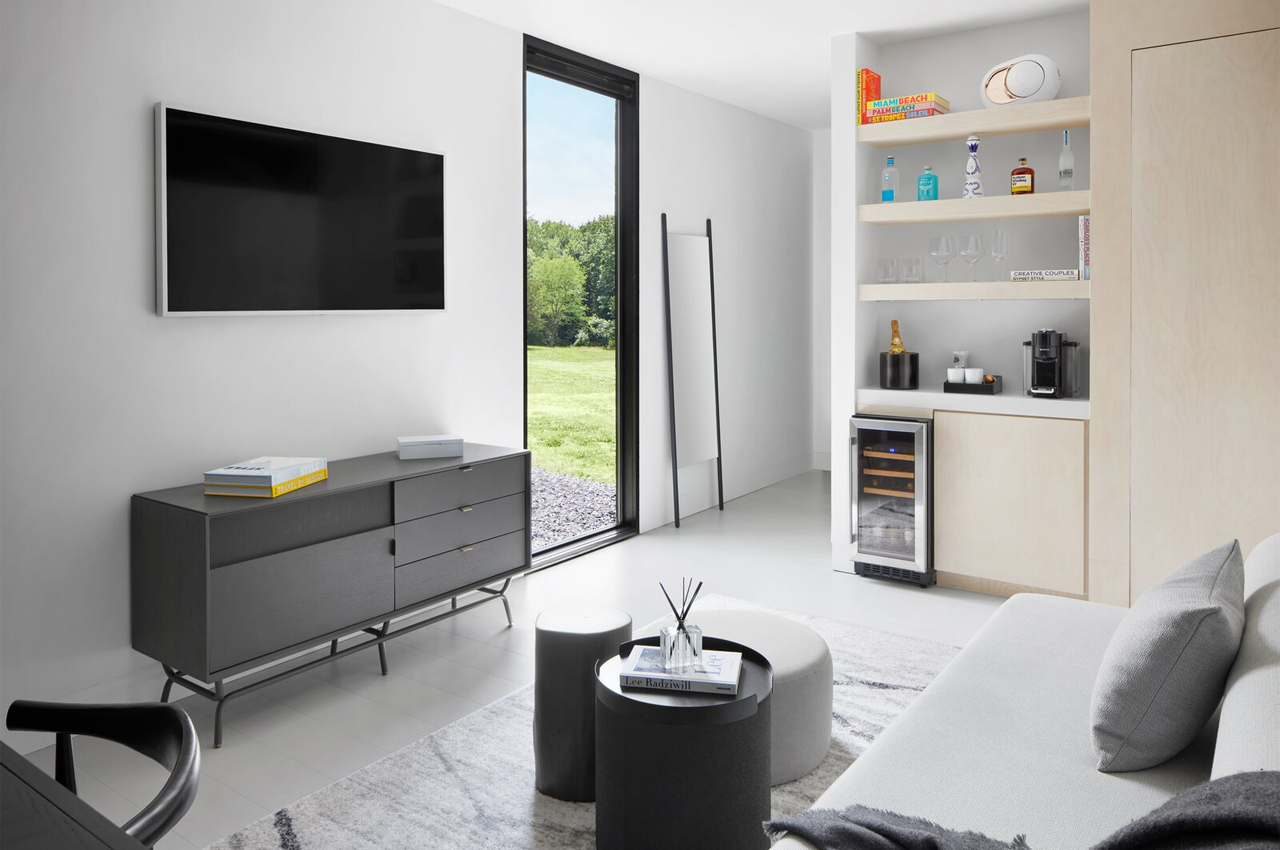
Each prefabricated tiny home comprises 400-square-meters and packs a lot into such a tiny space. Whether the tiny home brings guests to a lake’s shoreline or a wintry wonderland, each model features identical layouts that work to embrace the outdoors of any setting. The units are also designed for on- or off-grid living, depending on each guest’s preference.
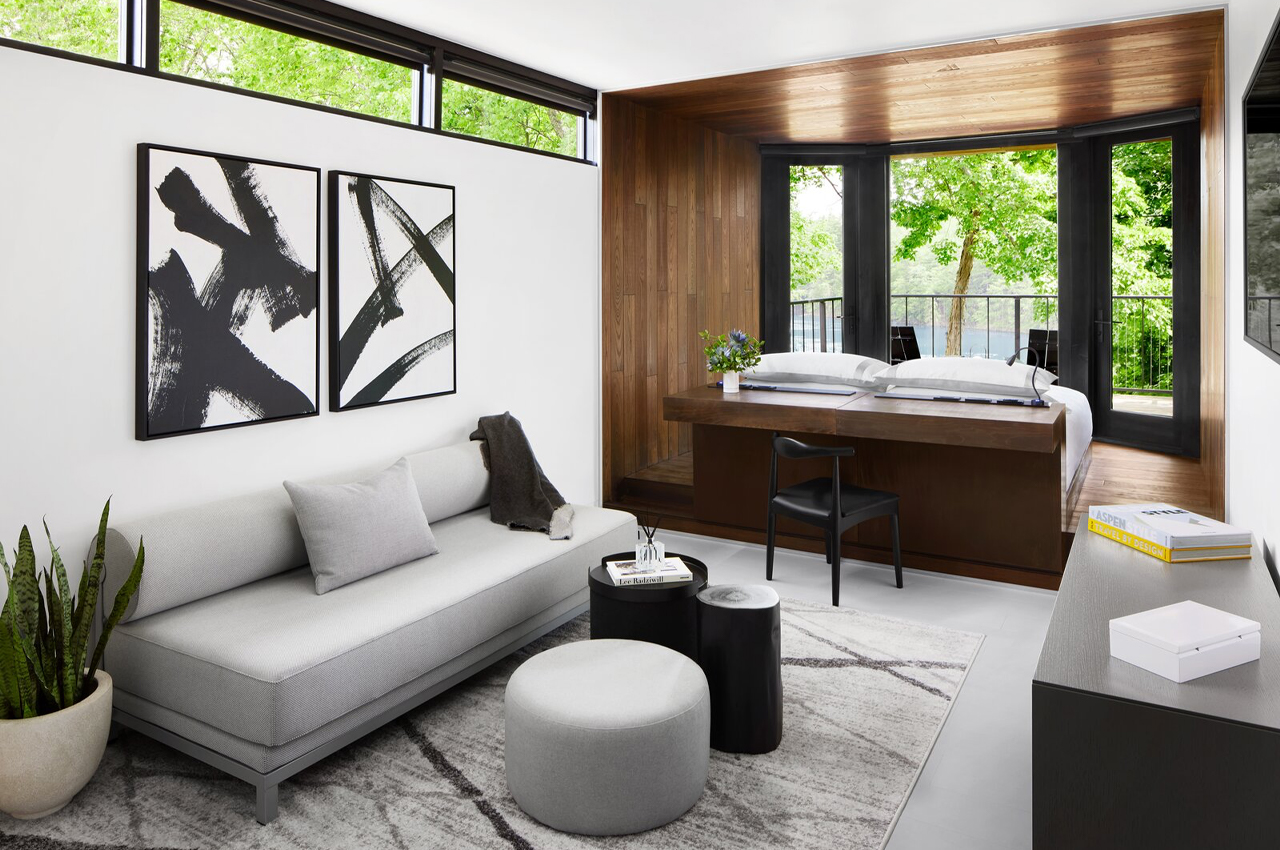
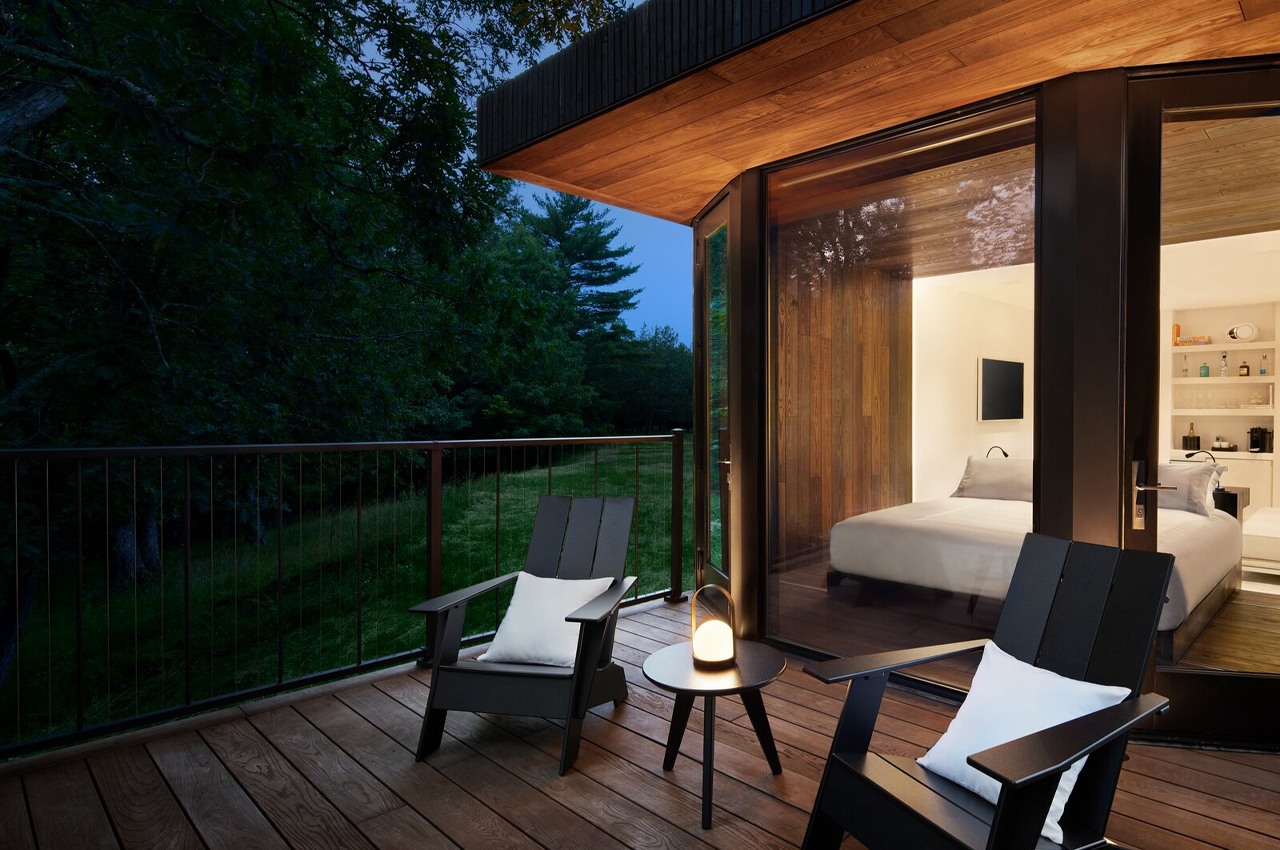
Looking at a Moliving unit head-on, a front deck creates an intimate transitional space between the outdoors and the interior. Immediately walking past the unit’s bathroom, where a shower and toilet can be found, guests are welcomed by the tiny home’s main living area. There, Moliving outfitted the interior space to resemble classic hotel suites.
On the other side of the bathroom, a minibar punctuates the main living area, where guests can indulge in the perks normally served in hotel minibars, like a coffeemaker, various beverages, as well as a mini-fridge. From there, an integrated desk borders the edge of the living area and merges into the main bedroom. Doubling as the bed frame’s headboard, the desk looks out three bay windows directly to the surrounding landscape.
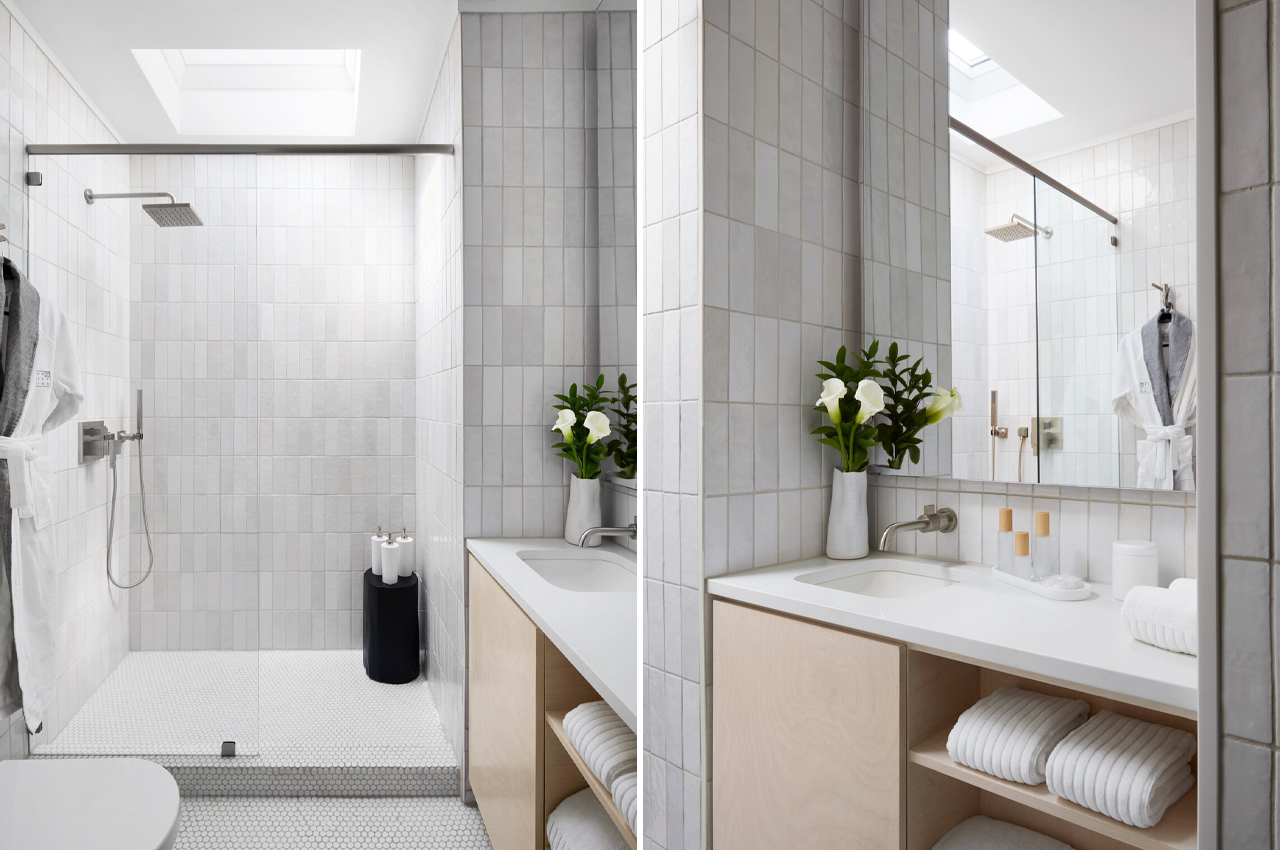
The bedroom itself is paneled in wood, providing a warm, rustic cradle for sleeping that subdues the bright white walls that line the rest of the Hurley House units’ walls. From there, guests can lounge anywhere on Hurley House’s 120-square-foot outdoor deck that brings guests to the precipice of the outdoors in their chosen destination.
